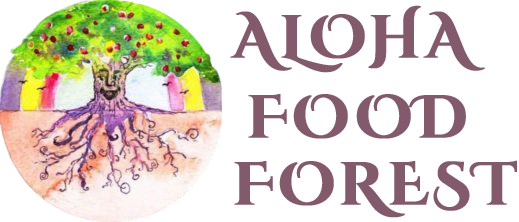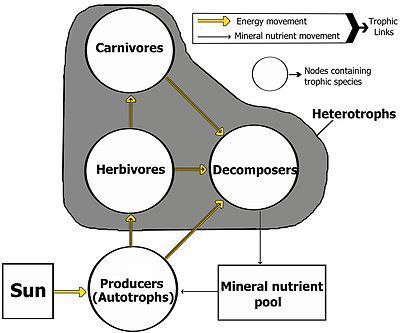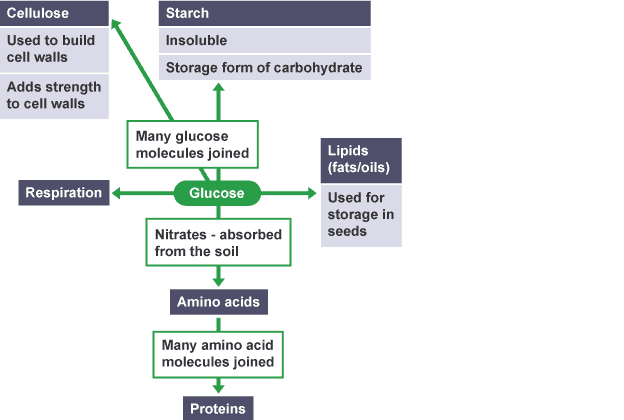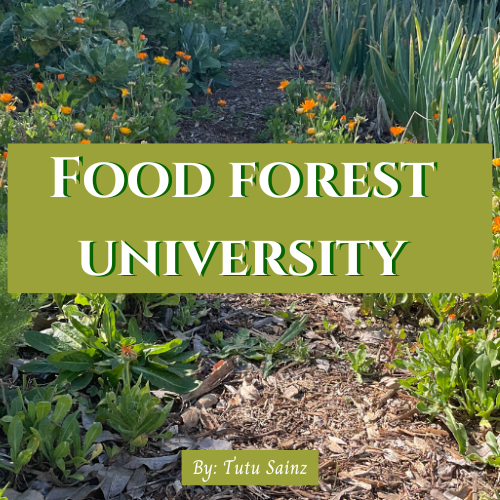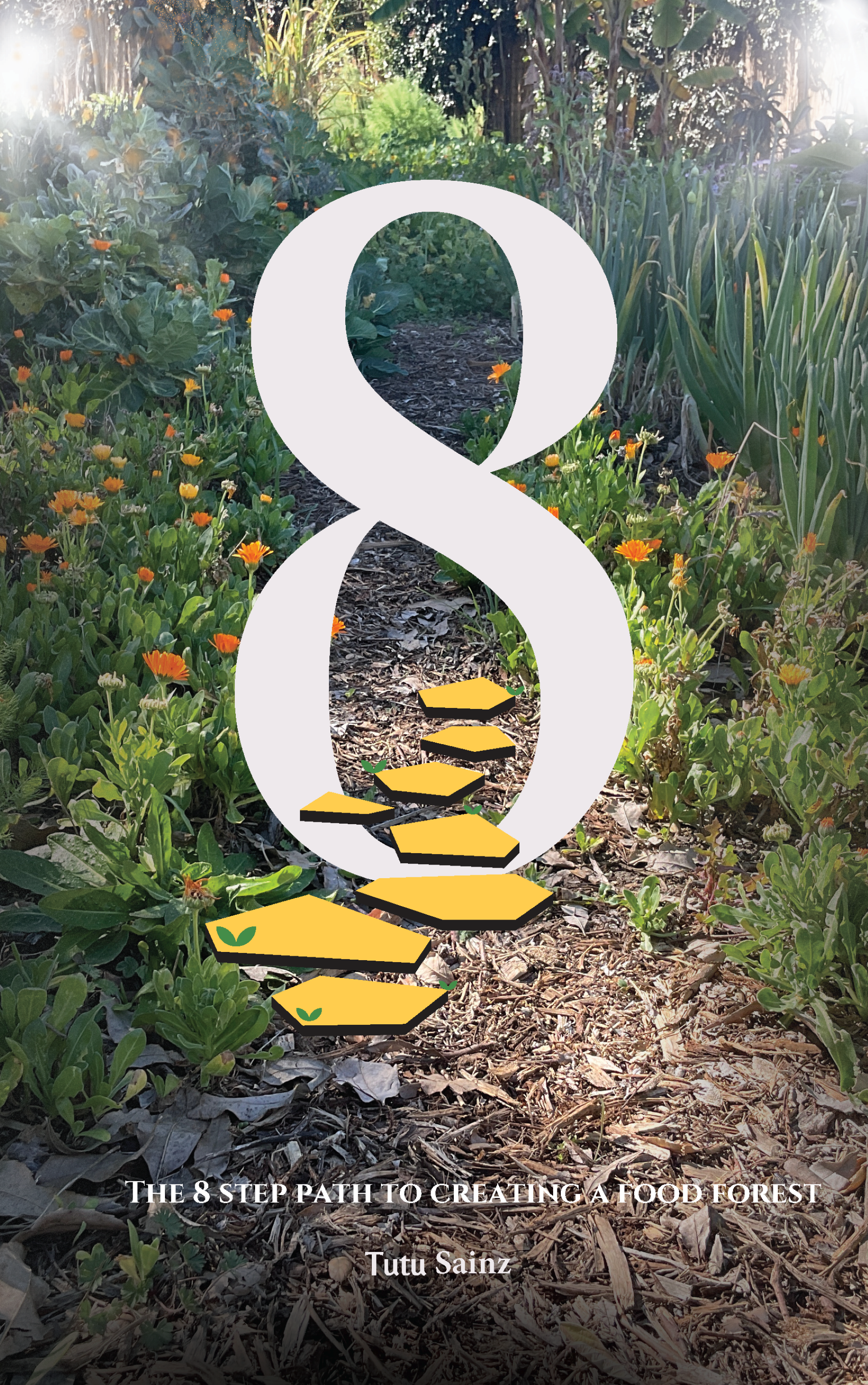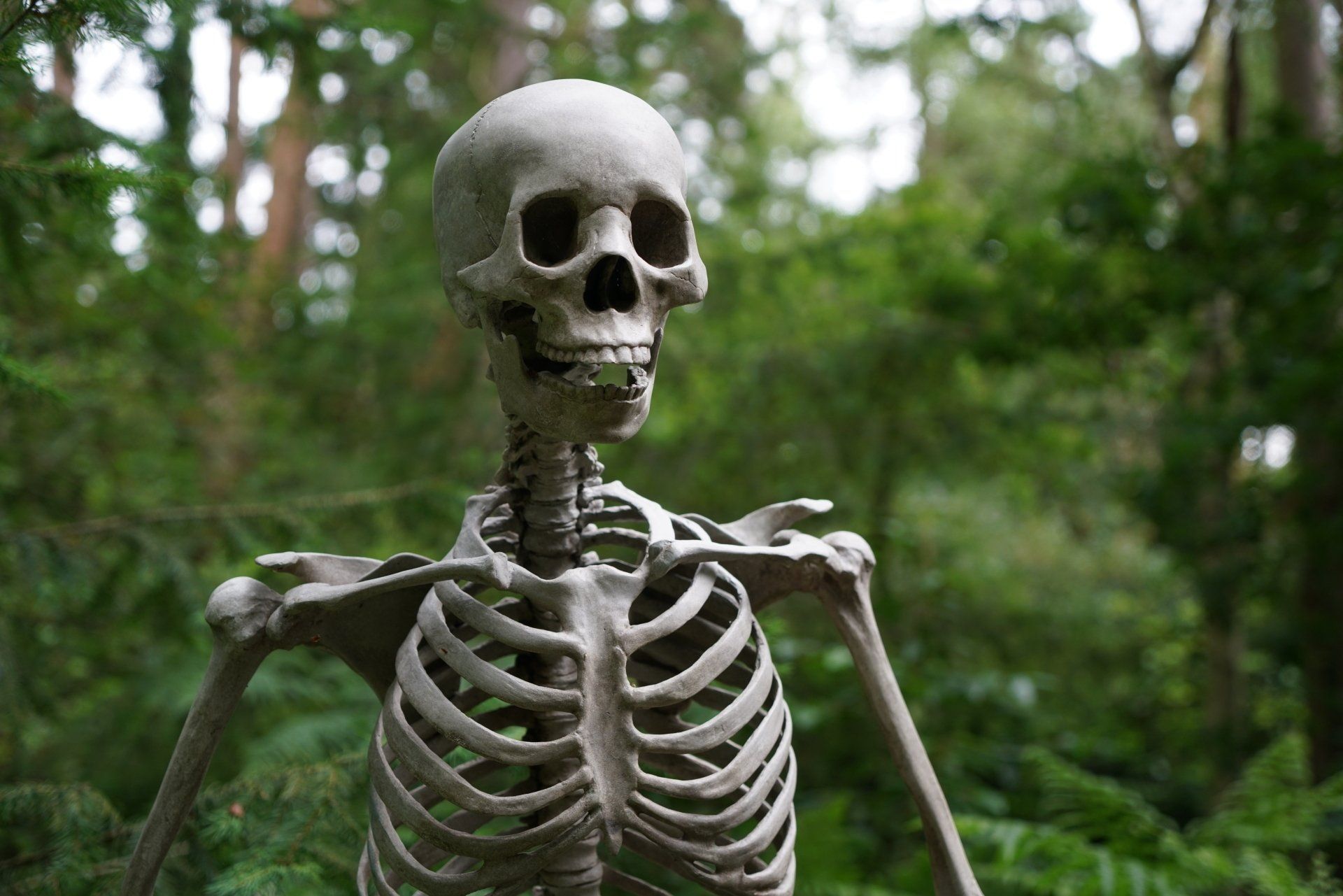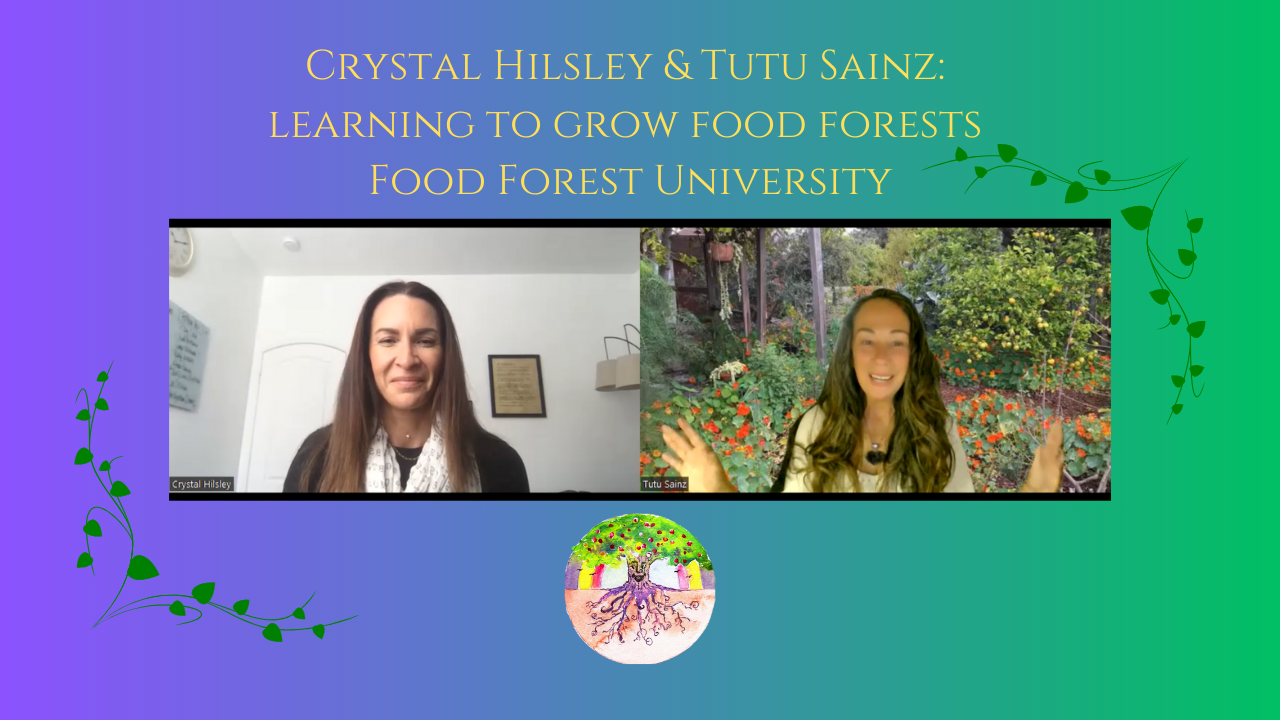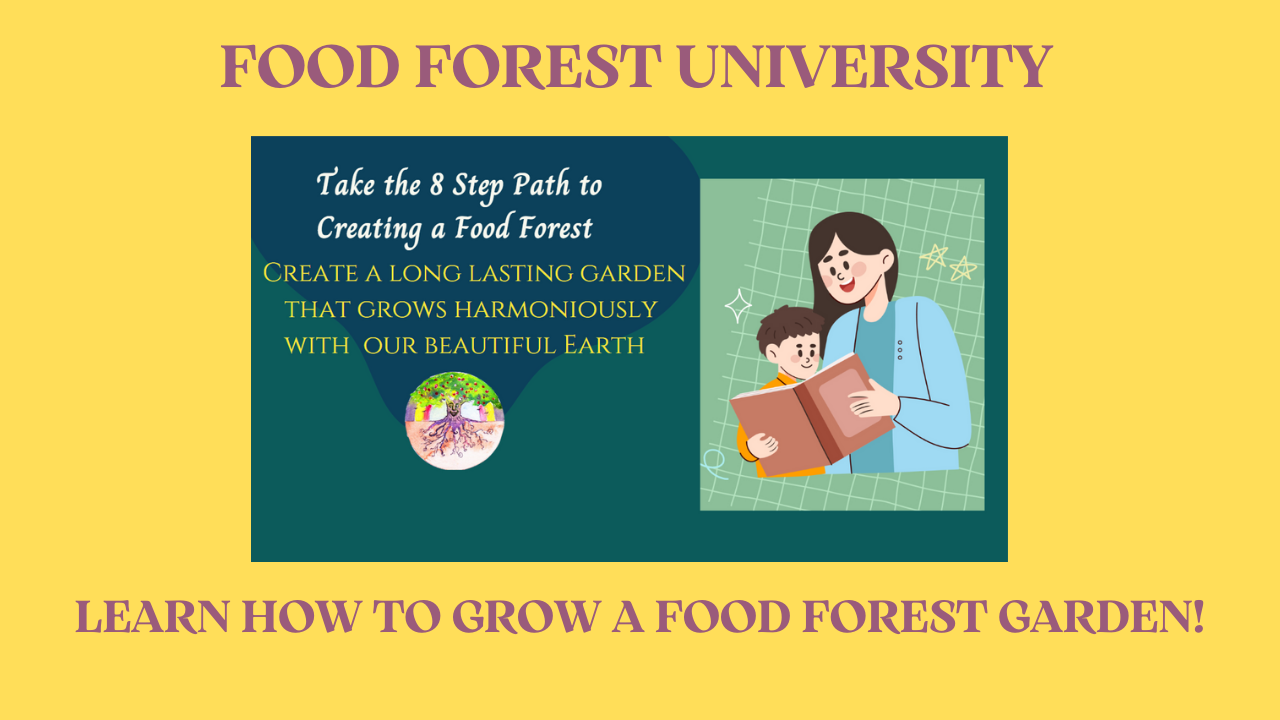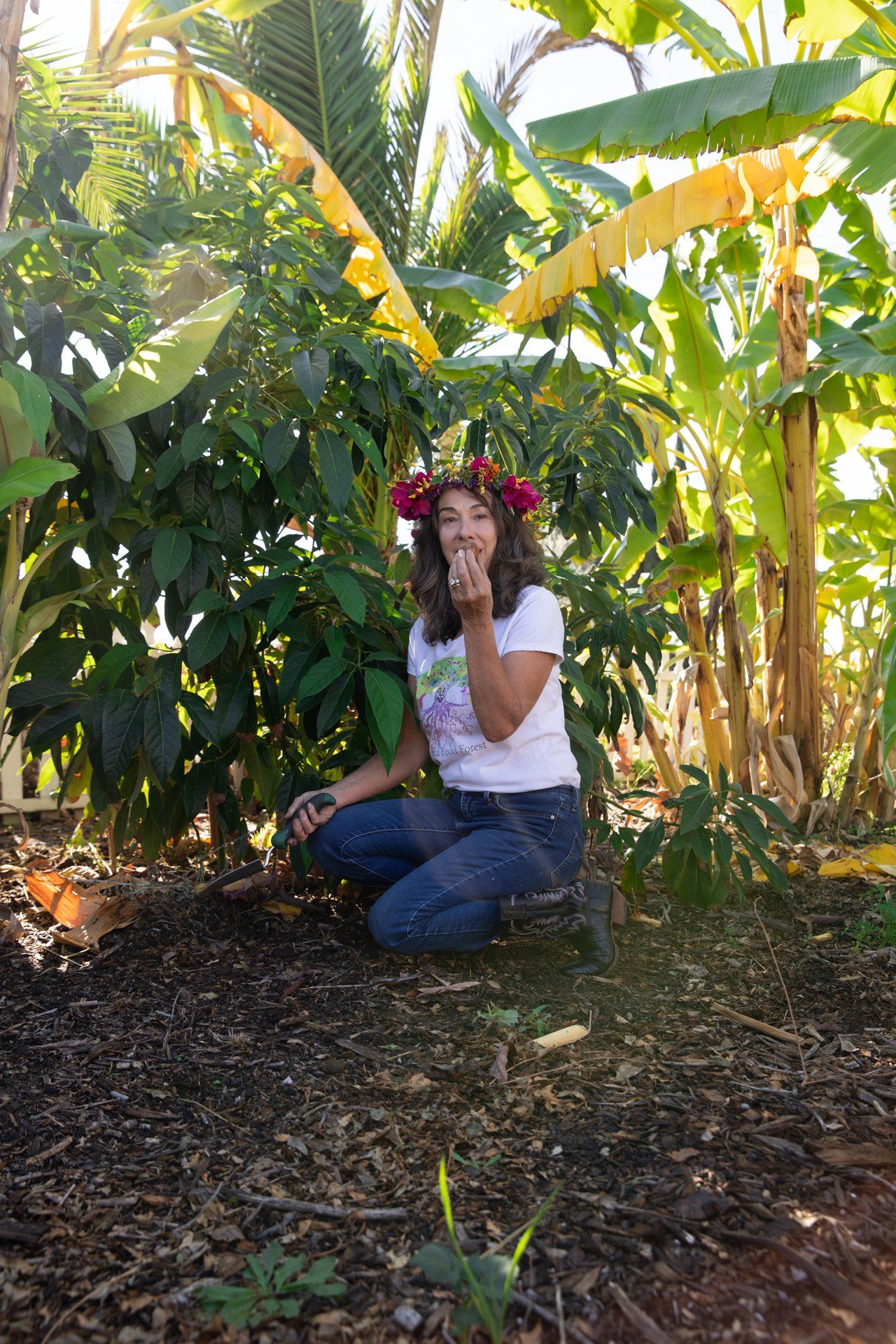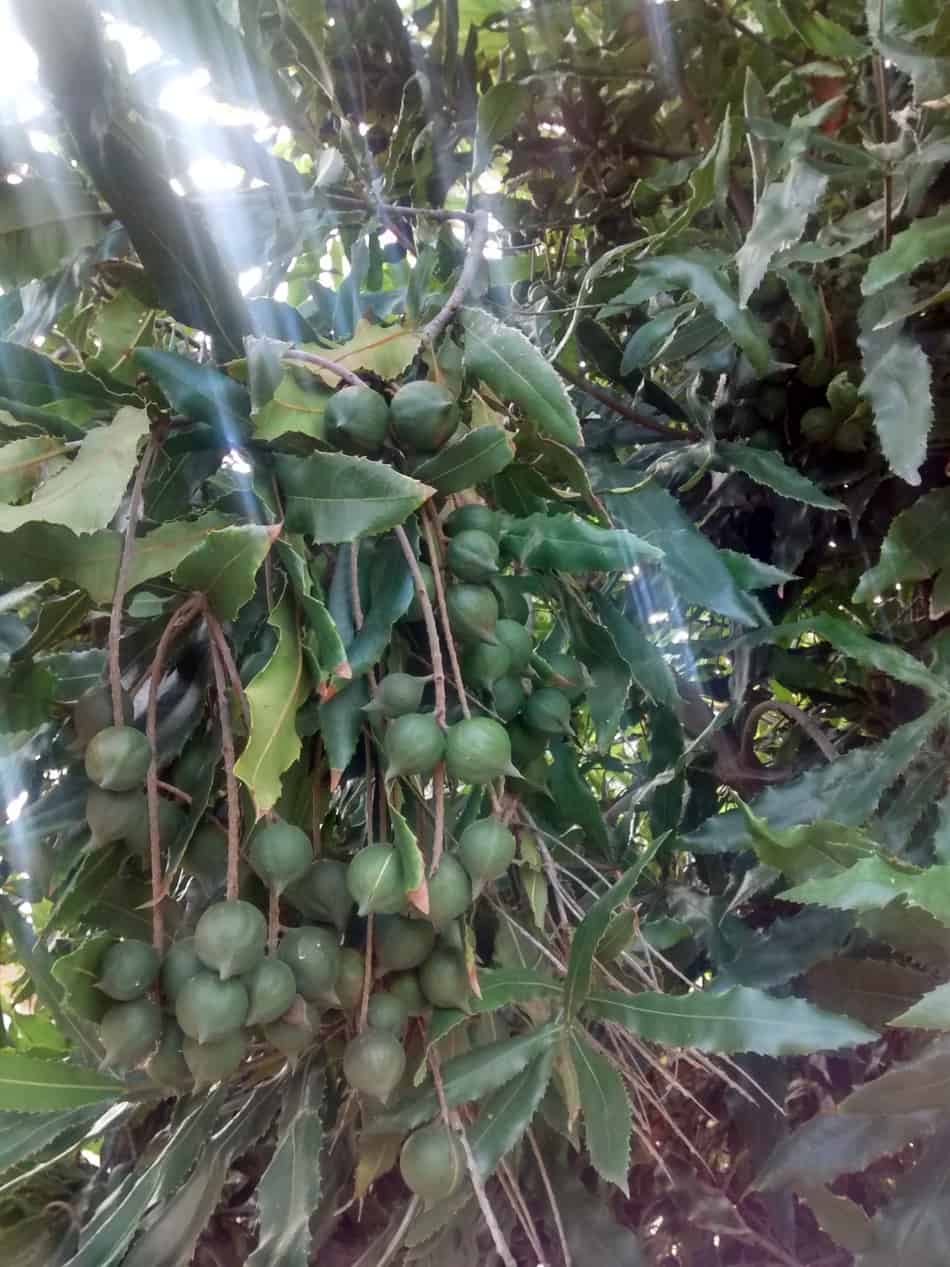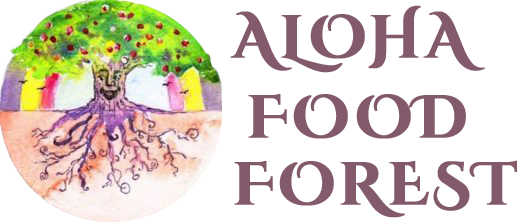Here are six reasons to be grateful for the trees.
Here are six reasons to be grateful for the trees.
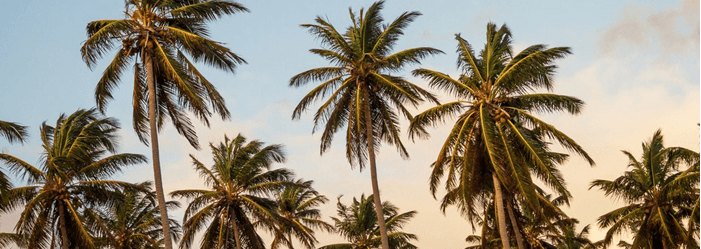
So we can see that plants are the source of carbohydrates, proteins, and fats to feed all life forms in the food web community, above and below the earth’s surface.
Their roots feed the perfect diet of carbohydrates to the trillions of microbiota dwelling in the soil, and for surface dwellers like insects, animals, and humans, they supply us with leaves, flowers, fruits, and nuts. Trees do this year after year, generation after generation.
So how do they do it? They combine sunshine, air, soil, and water using the ingeniously designed, mysterious process we call photosynthesis.
Water and soil nutrients pass through a tree’s roots and vascular pathways up to its leaves.
Air enters the leaves through the stomata, filling the spaces between the cells.
Sunlight energy enters the leaves through the translucent cells in the foliage.
The life force energy of trees assembles these 4 ingredients, sunshine, air, soil, and water, to transform into larger, more complex molecules called glucose. There are several substeps in photosynthesis, but the overall chemical reaction is:
6CO2 + 6H2O + sunlight → C6H12O6 + 6O2
6 Carbon Dioxides + 6 Waters + Sunlight transforms into 1 Glucose + 6 Oxygens.
The glucose stores a rearrangement of sunlight, water, minerals, and carbon dioxide as energy to fuel life, similar to how a battery stores electricity.
The glucose carbohydrate combines and shifts and recombines into many other forms of complex molecules that store energy in the form of nuts and fruits.
When animals or humans eat these plant products, their carbohydrate energy becomes part of our bodies. Then when carnivores eat vegetarian animals, we call it eating meats.
This diagram shows the plant’s metabolism of glucose for making starch and cellulose, respiration, amino acids, proteins, and lipids (fats and oils).
When we eat, our bodies combine the food with air that we breathe, releasing the sunlight energy into ourselves to fuel our bodily functions, and releasing carbon dioxide back into the air.
In other words, photosynthesis transforms the light energy of the sun into energy that you and I and all living things can use to fuel our bodies.
With this quiet miracle, the plant kingdom makes food for all life out of sunlight, air, soil, and water.
- 2. The plant kingdom makes oxygenated air for us to breathe.
The other output of photosynthesis is oxygen, as trees consume carbon dioxide and release oxygen.
When we burn firewood, ethanol, or coal, oil, and other fossil fuels, oxygen is consumed and create carbon dioxide is released back to the atmosphere.
Carbon dioxide stored in fossil fuels was removed from the atmosphere over eons of time and is being replaced very quickly through our consumption of fossil fuels, creating an imbalance of too much carbon dioxide in the atmosphere.
Because photosynthesis consumes carbon dioxide and releases oxygen, growing trees is a key to restoring balance in the Earth’s atmosphere. Trees help counteract the effect of the combustion of fossil fuels.
By planting your food forest, you will restore balance to our atmosphere on Earth.
You will grow fresh oxygenated air for us to breathe.
- 3. The plant kingdom supplies us with our significant sources of energy: petroleum, natural gas, coal, firewood.
Energy from burning firewood is critical to survival in many parts of the world.
One of the carbohydrates resulting from photosynthesis is cellulose, which makes up the bulk of dry wood and other plant material. When we burn wood, we convert the cellulose back to carbon dioxide and release the stored energy as heat.
Petroleum, natural gas, and coal are all derived from ancient plants and animals, and the energy stored within them came from sunlight through photosynthesis. Burning fossil fuels is like the oxidation process that occurs in our bodies; it liberates the power of “stored sunlight” in a useful form and returns carbon dioxide to the atmosphere.
- 4. The plant kingdom supplies us with useful fibers and building materials.
Tree branches and trunks provide lumber for us to create buildings and useful products.
Paper is nearly pure photosynthetically produced cellulose, as is cotton and many other natural fibers. Even wool from sheep derives from photosynthetic energy.
Petroleum-based plastics and synthetic fibers come from photosynthesis. Our metal refining depends ultimately on coal or other photosynthetic products. It’s difficult to name an economically important material or substance whose existence and usefulness is not in some way tied to photosynthesis and the plant kingdom.
- 5. Trees moderate our soil and air temperatures and shelter us and the wild creatures from storms.
During windstorms, they slow the wind as it encounters friction from their leaves and branches, and create pockets of calmer, warmer areas under their leafy canopies.
During hot weather, they cool the air and soil temperatures with the absorbing, deflecting, and shading the sunlight with their foliage.
Year-round, they create pleasant surface conditions for humans and cozy homes for wildlife. Think of places without trees, like deserts and tundras. They are the least friendly places to be.
- 6. The plant kingdom replicates itself, infinitely abundantly.
The first five points above are mind-bending, but nature keeps giving. Here is bonus 6! Inside of every fruit and nut is a seed for another tree of its kind. Not only will you get to enjoy the fruits and nuts, but you can also plant some of the seeds to grow new trees.
Here is some advice from God! According to the First Chapter of the First Book of the Bible.
“I give you every seed-bearing plant on the face of the whole earth and every tree that has fruit with seed in it. They will be yours for food. ” Genesis 1:29
That’s nature’s infinite abundance.
What a great gift we food foresters give to future generations of wildlife and humans when we plant our forests of fruit and nut trees.
The good news is, you only have to plant them once, and the sooner you get them planted and growing, the sooner you will begin harvesting, and the earth will be a healthier place for all.
Much Aloha and Happy Food Foresting!
